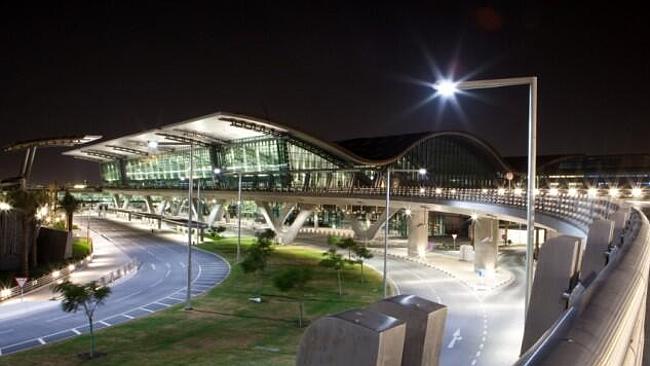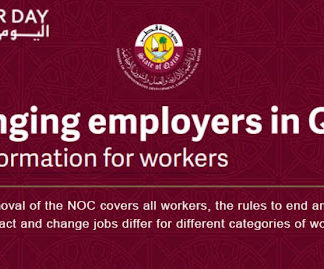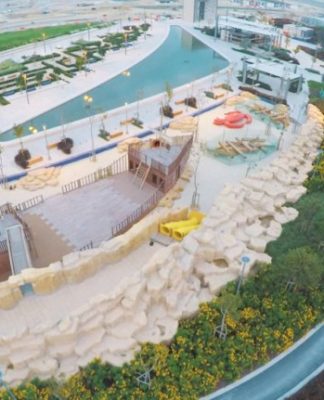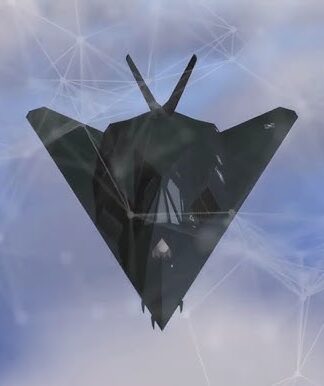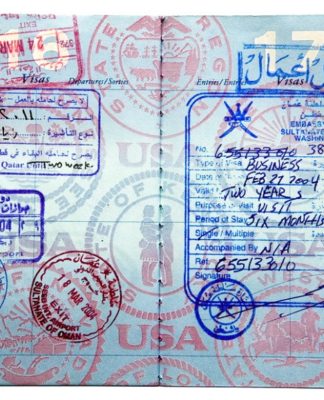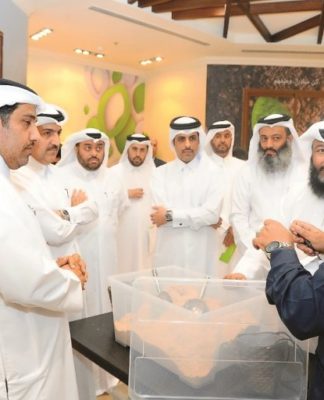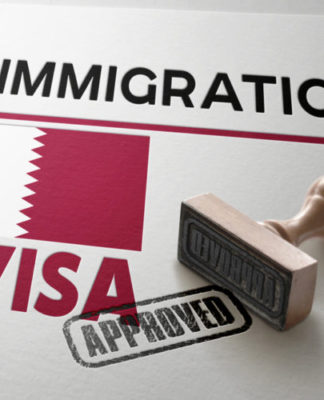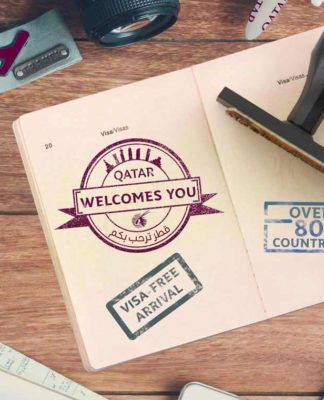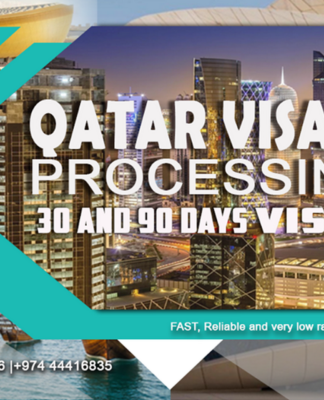Qatar, officially the State of Qatar, is a country located in Western Asia. It has a total area of 11,586 square km. Doha is its capital and largest city. Arabic is the official and English is the common language in the country. Riyal (QAR) is its official currency. Saudi Arabia is its only land bordering country. With these 29 fascinating facts about Qatar, you will learn about the peaceful state of Qatar, which lies in the Arabian Gulf. Travelers who visit the sovereign country gain great insight into the Arab World.
Facts about Qatar’s economy
1. Qatar is among the top ten leading producers of LNG – liquefied natural gas.
2. The state of Qatar recently spent an incredible $30 billion dollars on new infrastructure. Leading transport projects included Ashghal’s Expressway and the New Port Project. Leading property projects included the Msheireb development and the Lusail City project.
3. Qatar State has experienced significant economic growth. Continuing economic growth has helped to make Qatar one of the world’s richest nations.
4. The Hamad International Airport was opened in 2014. It has the ability to handle around fifty million passengers each year.

5. The Hamad International Airport is the ninth biggest in the world. (Facts About Airplanes)
6. Revenue generated from oil and natural gas reserves makes Qatar residents the second-highest earners in the world. There are numerous banks in the state including commercial banks, foreign banks, and the Qatar Central Bank.
Sports in Qatar

7. Qatar will host the next FIFA World Cup to be staged in 2022. Qataris also enjoy many sports including handball, drag racing, golf, powerboat racing, futsal, basketball, camel racing, water sports, swimming, and cricket.
8. The opening trip of the World Motocross championship was held in Qatar in February 2015. The off-road motorcycle race was run during the night owing to the extreme daytime heat.
9. The Qatari National Football League are Middle East Champions. The Qatar Stars League was founded in 1963 and consists of fourteen teams.
10. Amateur pearl divers still swim the Inland Sea off the shore of Qatar in search of Pearl Oysters. Many Qatari people once earned their living diving for pearl oysters.
11. The Aspire Zone sports academy was built on 240 hectares of land. The sporting paradise is home to medical facilities, a mosque, parkland, a retail area, an International sports Stadium, a sports club and a sports education class.
Flag of Qatar

Facts about food in Qatar
12. Qataris eat their main meal of the day at lunchtime. Karak tea is served after meals; the rich milky tea is laced with Cardamom. The Friday midday meal, after prayers, is usually a time for the whole family to get together.

13. Many Qataris enjoy sweet foods. In Qatar it is traditional to eat a large spoonful of honey at night and in the morning. The people of Qatar relish fresh dates and picanuts.
14. Traditional Qatari food is influenced by Indian and Iranian cuisine. Qatari speciality dishes include Ghuzi, Motabel, Biriani, Taboulleh, and Hummus.
15. Machbous is an important traditional dish. The rich stew consists of meat and rice or seafood and rice.
16. Many Qataris do not use cutlery. The meal is served in a large dish and the diners use bread to scoop-up their food.
About Qatar dress
17. The “Thoub” is the traditional costume worn by Qatari men. The Thoub is a long white shirt that is worn over boxer style shorts or long white cotton trousers. As a matter of pride, all Thoubs must be immaculately laundered.
18. Qatari women wear a long black cloak known as an Abaya. Traditional Qatari females wear a djelabia or a dress under the cloak.
19. Male tourists are not expected to wear vests and shorts. Female tourists are not expected to walk around in short-sleeved dresses or mini-skirts.
20. Topless sunbathing is not allowed in Qatar. Swimmers and sunbathers are encouraged to wear a long tee-shirt over their costume.
21. Qatari businessmen rarely wear a traditional business suit. Male office workers wear light-weight trousers, a long-sleeved shirt and a necktie.
Qatar on the map
Qatar’s top tourist attractions
22. Leading tourist attractions include Aladdin’s Kingdom also known as The Entertainment City. The Msheireb Enrichment Center is an amazing and informative floating museum. Other famous tourist attractions include The Doha Corniche Park and the picturesque market known as the Souk Waqif.
23. The small village Al Thakira is home to many unusual fish and sea slugs. Nature lovers like to go snorkelling in the Mangrove Swamps. The Al Thakira Nature Reserve is widely regarded as a national treasure.
24. Qatar offers little, if any night life. Tourists looking for live music, parties and bars should head for Doha, the capital city of Qatar.

25. The Sheikh Faisal Bin Qassim Al Thani Museum is one of the largest private museums of its type. The museum is ideal for art lovers, historians, holidaymakers and culture vultures.
26. The range of rocky hills known as Al Jassasiya is renowned for its pre-historic carvings. The rocky hills are nestled between the villages of Al Huwailah and Fuwairit.
Facts about Qatar for Kids
27. Qatar State was protected by Great Britain until 1971, when it became independent. In 1995, Crown Prince Khalifa announced freedom of the press and allowed women to vote.
28. Qatar is home to one hundred and eighty different nationalities.
29. Families can enjoy a picnic or play in one of the many well-kept parks, take a Dhow ride or go on a family camp in the desert.
Qatar – the land of opportunity is a tourist destination in the Emirates. Middle East holidays are popular and the diverse Middle Eastern culture is shaped by many factors. We hope you have enjoyed reading our facts about Qatar and we hope you have learned something new and interesting.
Qatar – country at a glance
| Independence | 3 September 1971 (from the UK) |
|---|---|
| Table last updated | June 01, 2019 |
| Capital City | Doha (25°18′N 51°31′E) |
| Largest City | Doha (25°18′N 51°31′E) |
| Total area | 11,586 sq km |
| Demonym | Qatari |
| Population | 2,363,569 (July 2018 est.) |
| Official Language | Arabic |
| Borders | Saudi Arabia |
| Currency | Riyal (QAR) |
| Religion | Islam |
| Life expectancy at birth | 79 years (2018) Life expectancy at birth indicates the number of years a newborn infant would live if prevailing patterns of mortality at the time of its birth were to stay the same throughout its life. |
| Literacy | total population: 97.3% |
| Climate | arid; mild, pleasant winters; very hot, humid summers |
| Terrain | mostly flat and barren desert |
| Mean elevation | 28 m |
| Lowest point | Persian Gulf 0 m |
| Highest point | Tuwayyir al Hamir 103 m |
| Natural resources | petroleum, natural gas, fish |
| Agricultural land | 5.6% |
| Birth rate | 9.5 births/1,000 population (2018 est.) |
| Death rate | 1.6 deaths/1,000 population (2018 est.) |
| Sex ratio | 3.41 male(s)/female (2018 est.) |
| Government type | absolute monarchy |
| Emir | Tamim bin Hamad Al Thani |
| Prime Minister | Abdullah bin Nasser bin Khalifa Al Thani |
| National symbol | a maroon field surmounted by a white serrated band with nine white points; national colors: maroon, white |
| National anthem | “Al-Salam Al-Amiri” (The Peace for the Anthem) |
| Industries | liquefied natural gas, crude oil production and refining, ammonia, fertilizers, petrochemicals, steel reinforcing bars, cement, commercial ship repair |
| Exports | $67.5 billion (2017 est.) liquefied natural gas (LNG), petroleum products, fertilizers, steel |
| Imports | $30.77 billion (2017 est.) machinery and transport equipment, food, chemicals |
| GDP – per capita (PPP) | $124,100 (2017 est.) |
| Time Zone | AST (UTC+3) |
| Calling Code | +974 |
| Internet country code | .qa |
| Drives on the | Right |
| Data sources | 1. Central Intelligence Agency 2. Wikipedia.org |







 ‘SELL AMERICA’ PANIC: World is Quickly Ditching US Assets as…
‘SELL AMERICA’ PANIC: World is Quickly Ditching US Assets as…


